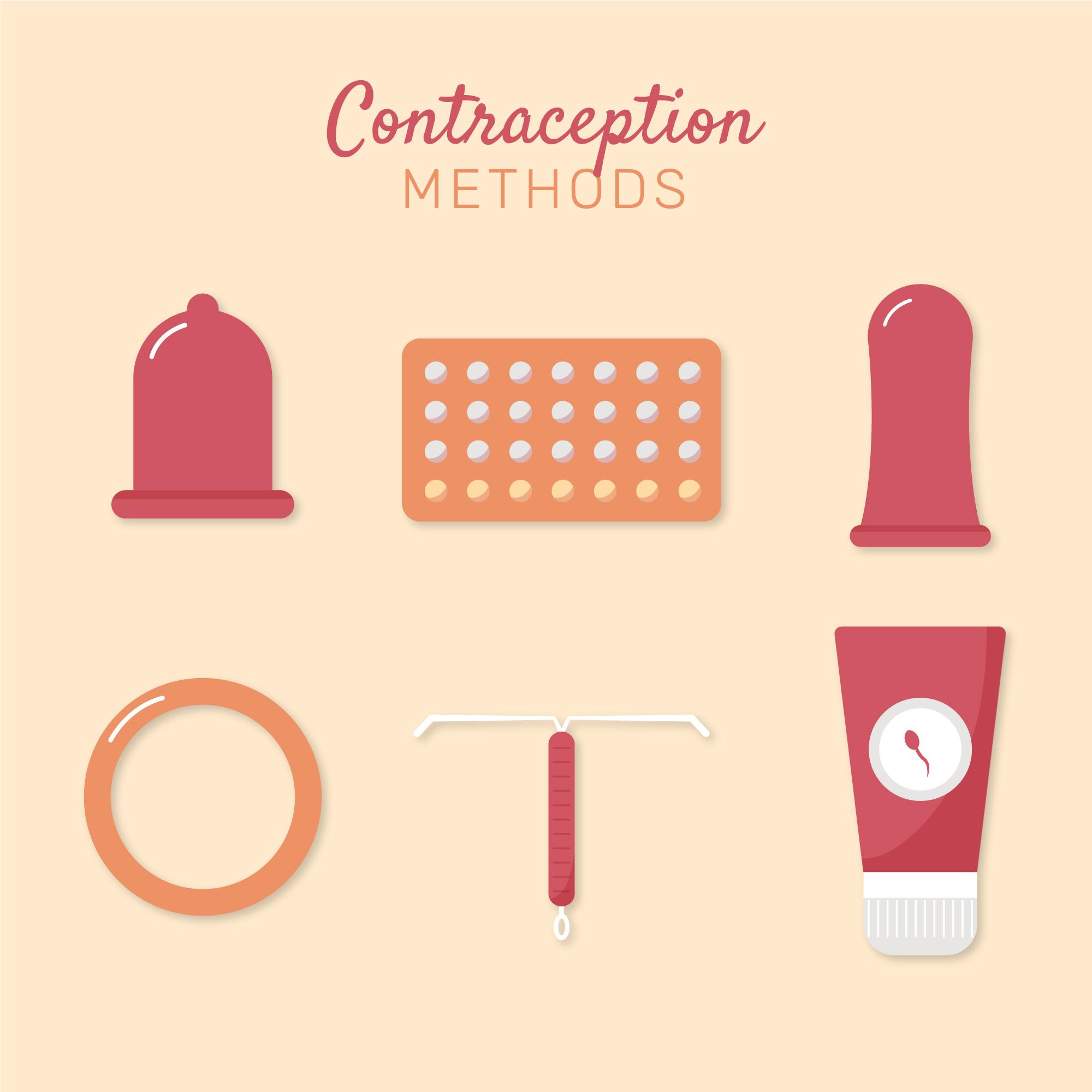Choosing the right contraceptive method is an important decision, and with so many options available, it’s essential to find what works best for your body and lifestyle. Whether you prefer hormonal, non-hormonal, short-term, or long-term solutions, there’s something for everyone. Here’s a breakdown of the different types of contraception and how they work.
Hormonal Methods
These methods regulate hormones to prevent ovulation and create a less favorable environment for sperm. ✔ Birth Control Pills – Taken daily, they are 91-99% effective when used correctly. ✔ Birth Control Patch – A small adhesive patch that releases hormones through the skin. ✔ Vaginal Ring – A flexible ring inserted into the vagina, replaced monthly. ✔ Hormonal IUD – A long-term device inserted into the uterus, effective for 3-7 years. ✔ Birth Control Shot (Depo-Provera) – An injection that prevents ovulation for three months. ✔ Implant (Nexplanon) – A small rod inserted under the skin that releases hormones for up to 5 years.
Barrier Methods
These methods physically block sperm from reaching the egg. ✔ Male Condoms – A thin sheath worn over the penis, also protects against STIs. ✔ Female Condoms – A pouch inserted into the vagina before intercourse. ✔ Diaphragm – A silicone dome placed over the cervix, used with spermicide. ✔ Cervical Cap – Similar to a diaphragm but smaller and fits snugly over the cervix. ✔ Sponge – A soft, spermicide-infused device placed inside the vagina.
Long-Acting Reversible Contraceptives (LARCs)
These are highly effective methods that require little maintenance. ✔ Hormonal IUD – Releases hormones to prevent pregnancy for several years. ✔ Copper IUD (Non-Hormonal) – Uses copper to create an inhospitable environment for sperm, lasting up to 10 years. ✔ Implant – A tiny rod inserted under the skin of the arm, effective for years.
Permanent Methods
For those who are certain they don’t want children in the future. ✔ Tubal Ligation (Female Sterilization) – A surgical procedure that blocks or seals the fallopian tubes. ✔ Vasectomy (Male Sterilization) – A minor procedure that cuts or seals the vas deferens to prevent sperm from reaching semen.
Natural & Behavioral Methods
These rely on tracking fertility and lifestyle choices. ✔ Fertility Awareness (Natural Family Planning) – Tracking ovulation to avoid or achieve pregnancy. ✔ Withdrawal (Pull-Out Method) – Removing the penis before ejaculation; not highly reliable. ✔ Lactational Amenorrhea Method (LAM) – Exclusive breastfeeding can suppress ovulation for up to six months.
Emergency Contraception
Used after unprotected sex to prevent pregnancy. ✔ Morning-After Pill (Plan B, Ella) – Works best within 72 hours of intercourse. ✔ Copper IUD – Can be inserted within five days as an emergency contraceptive.
Final Thoughts
There is no one-size-fits-all approach to contraception—what works for one person may not work for another. The best method is the one that aligns with your health, preferences, and lifestyle.
Have questions or need advice? Drop them in the comments—House of Gynaecologists is here to help!

